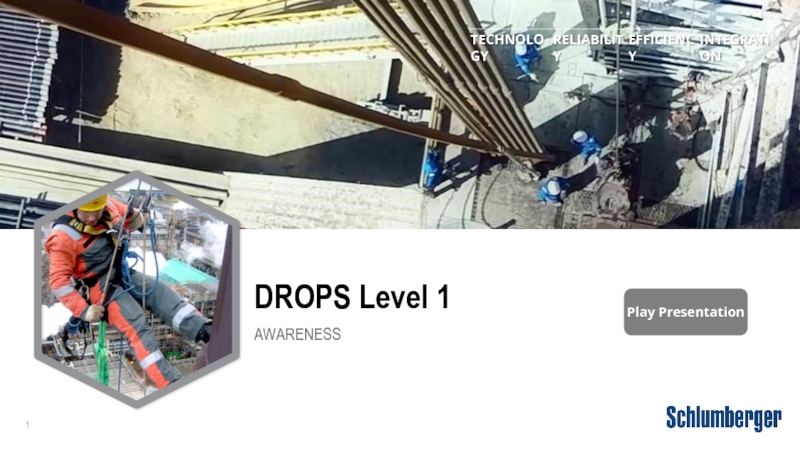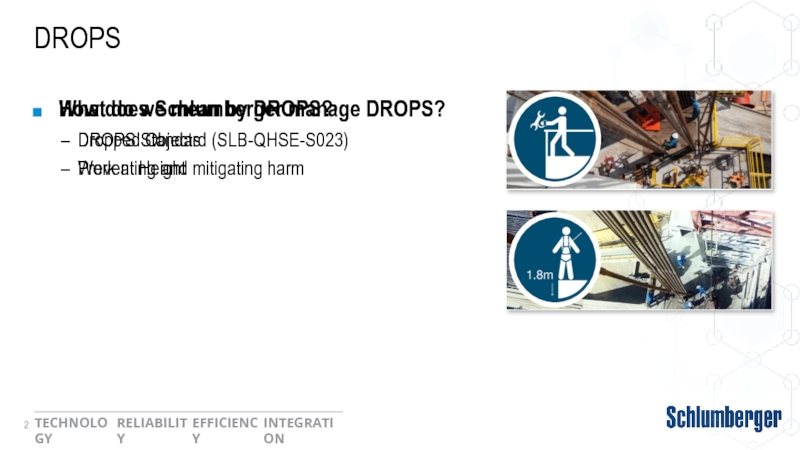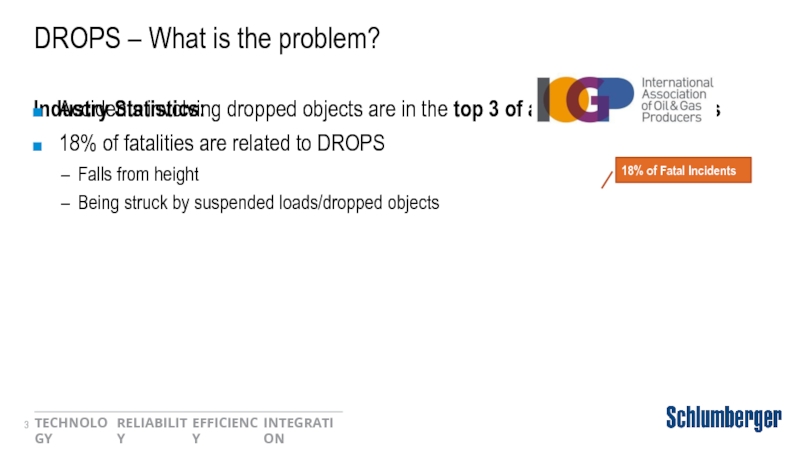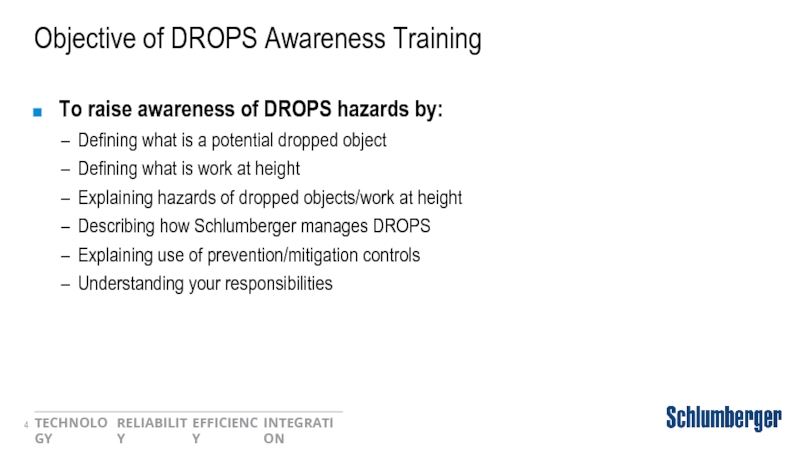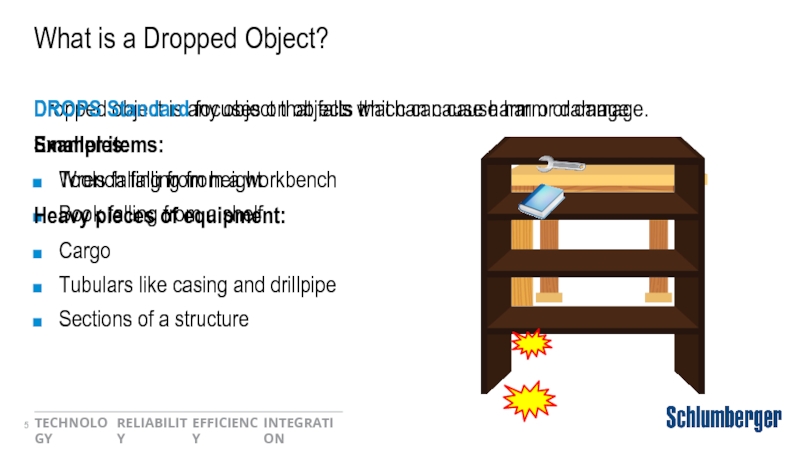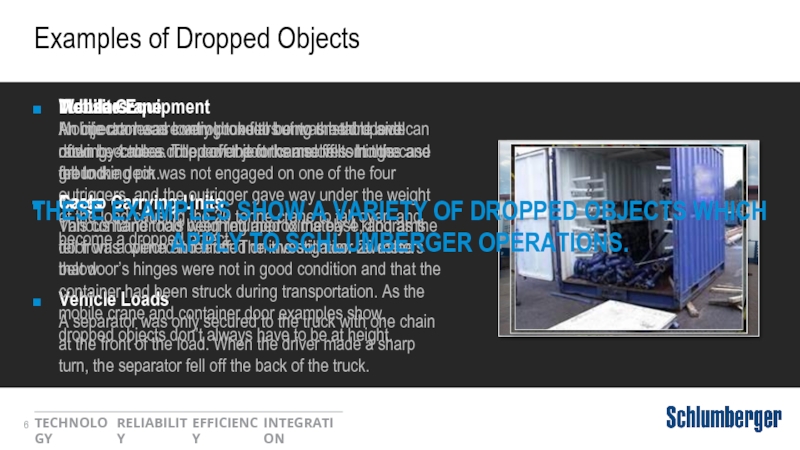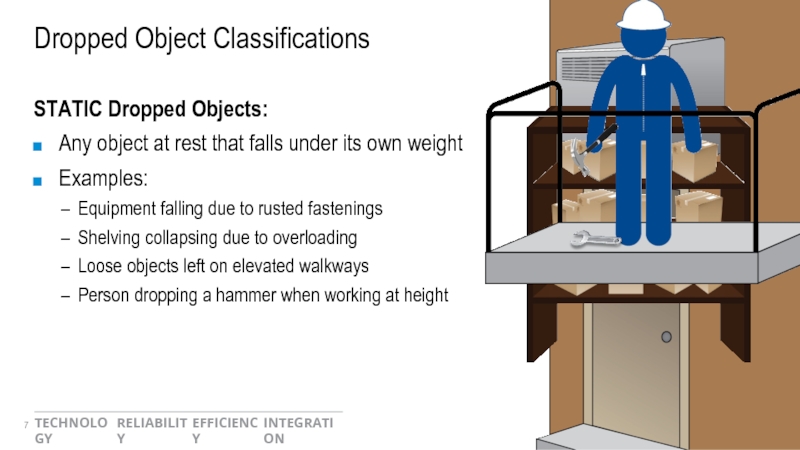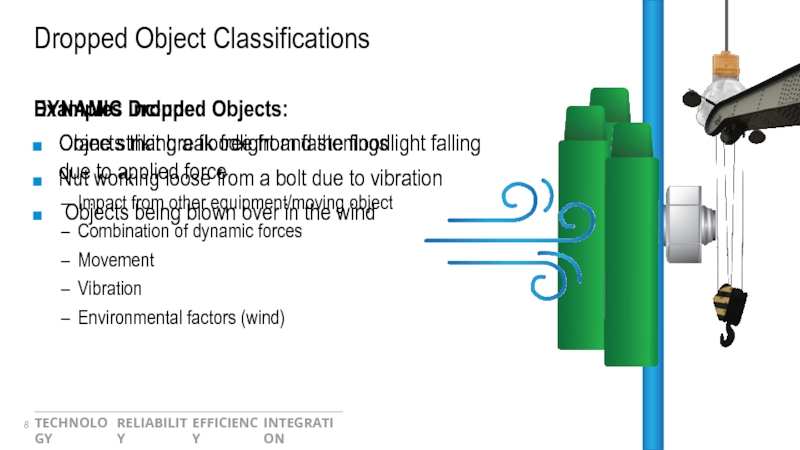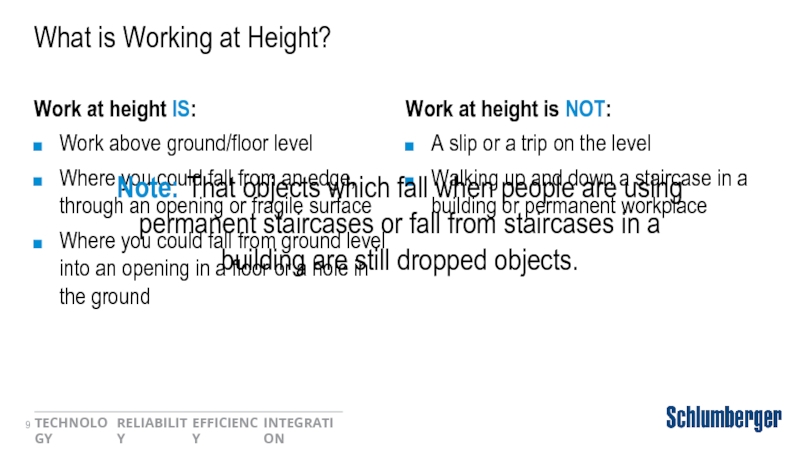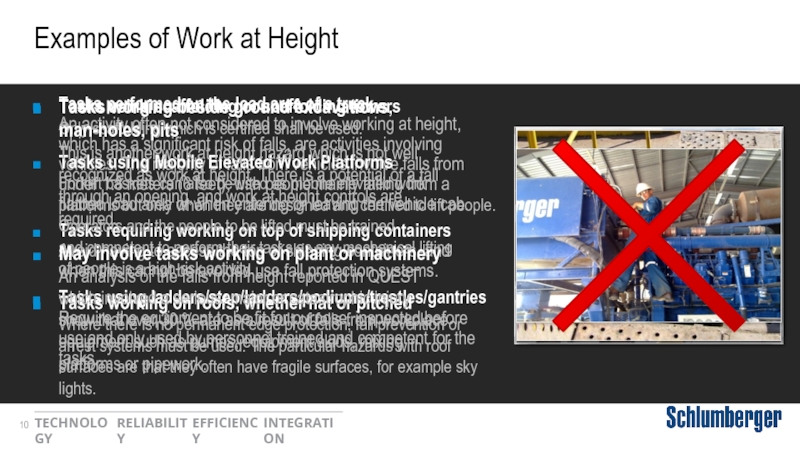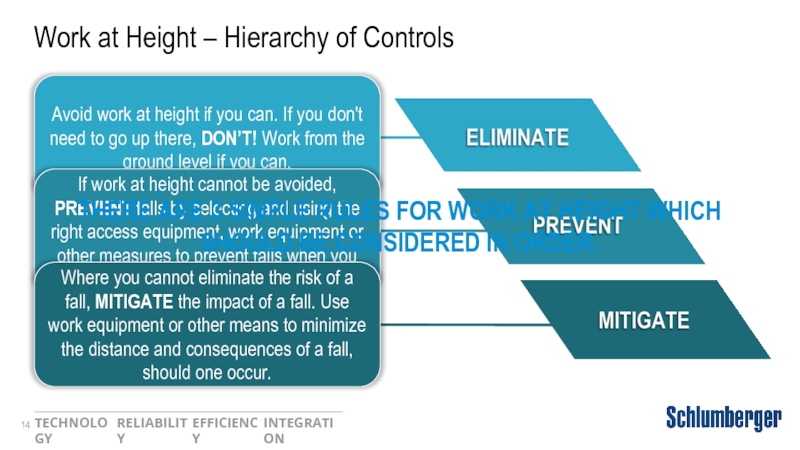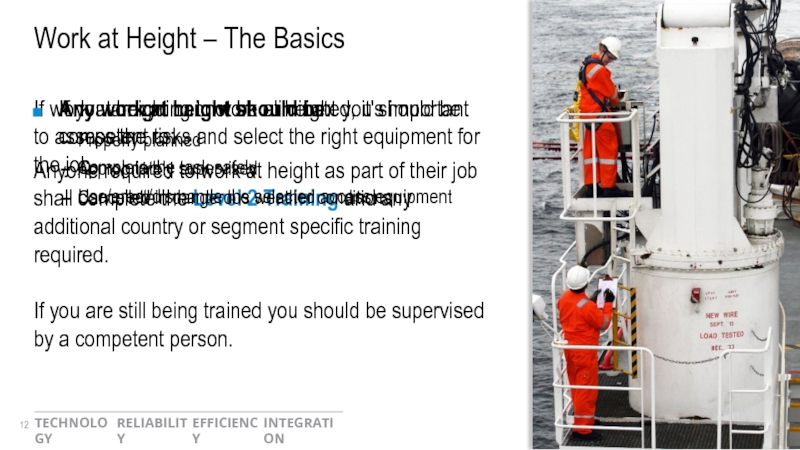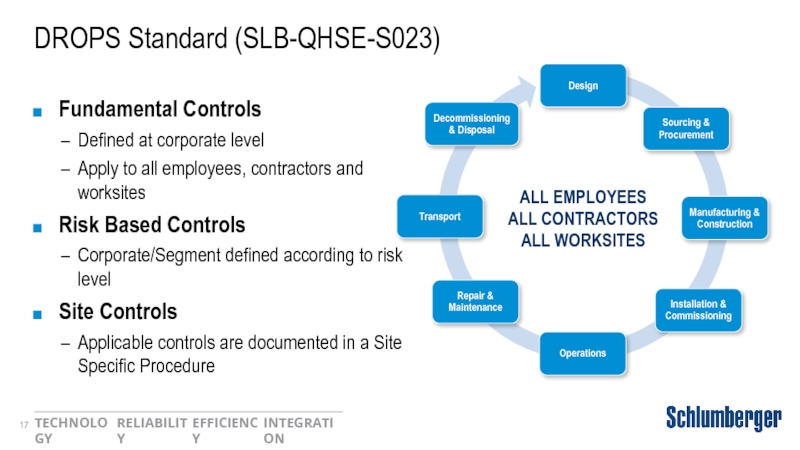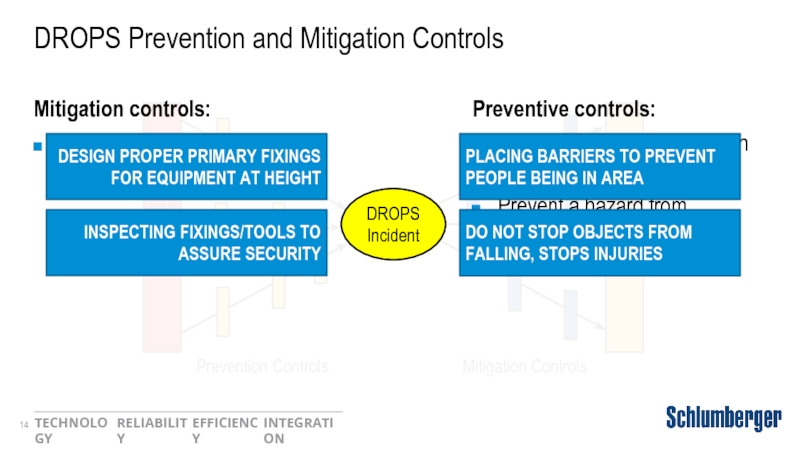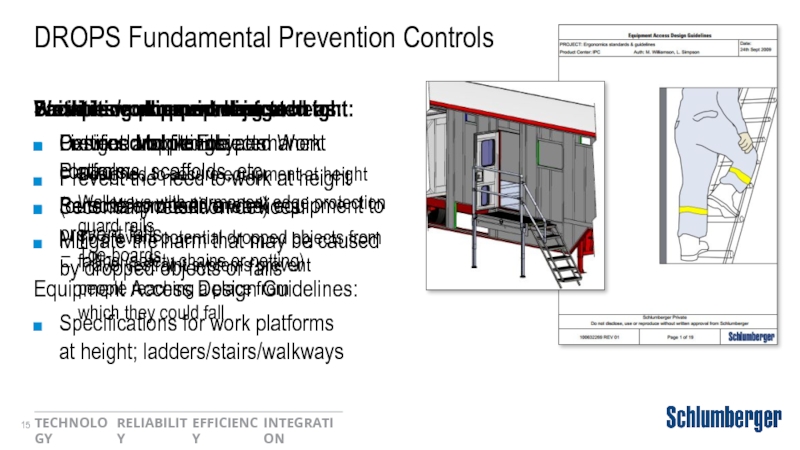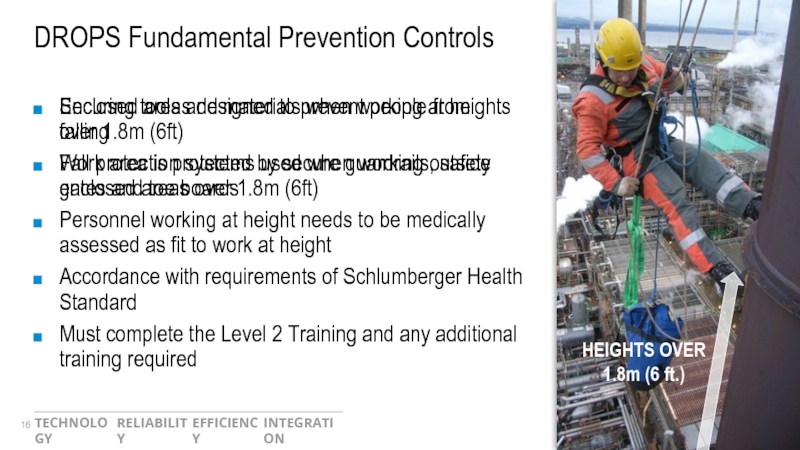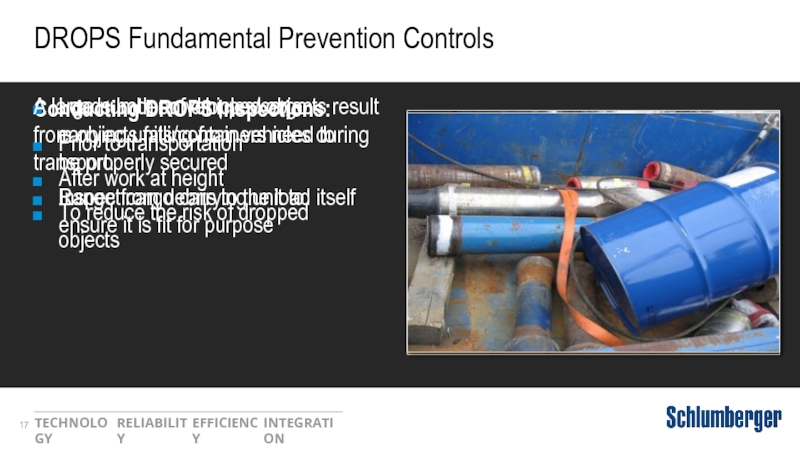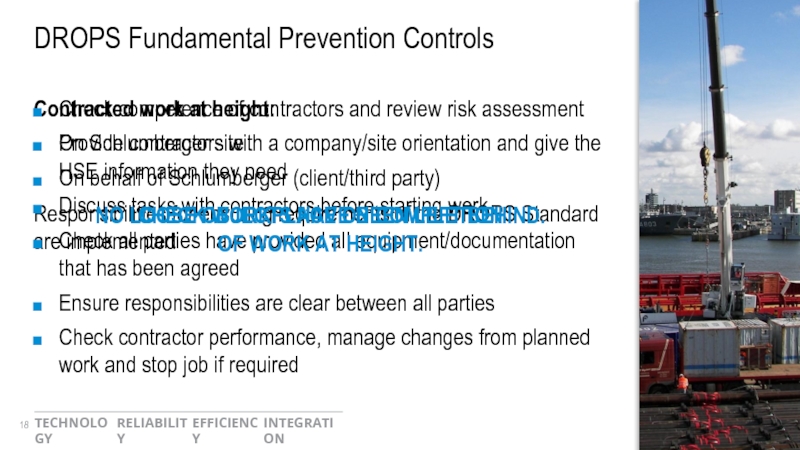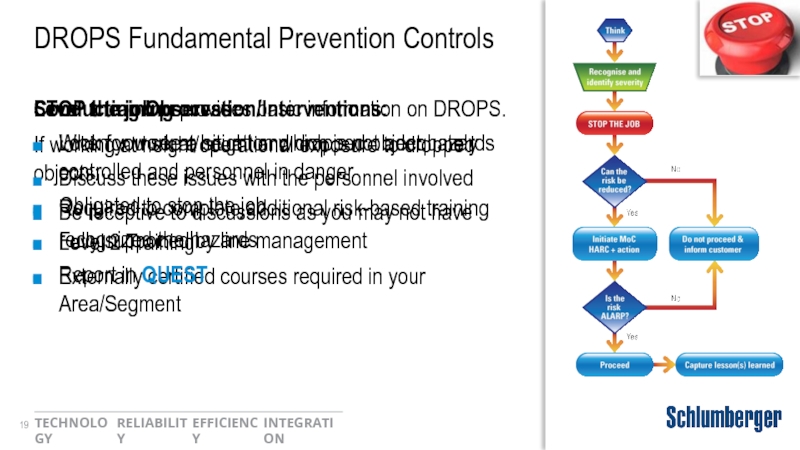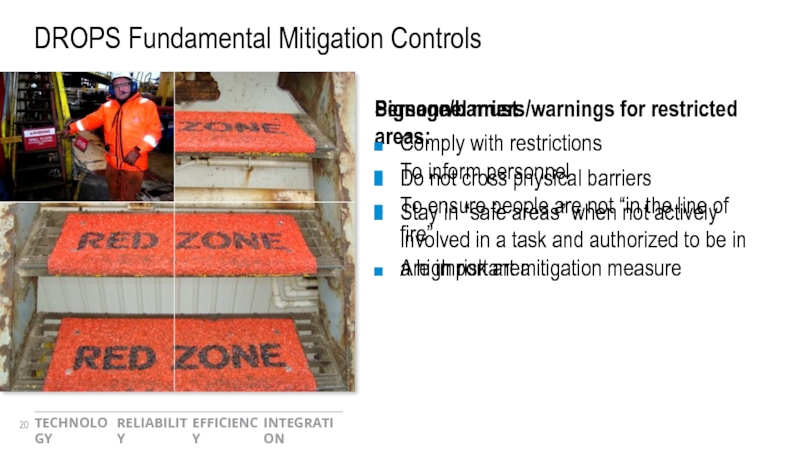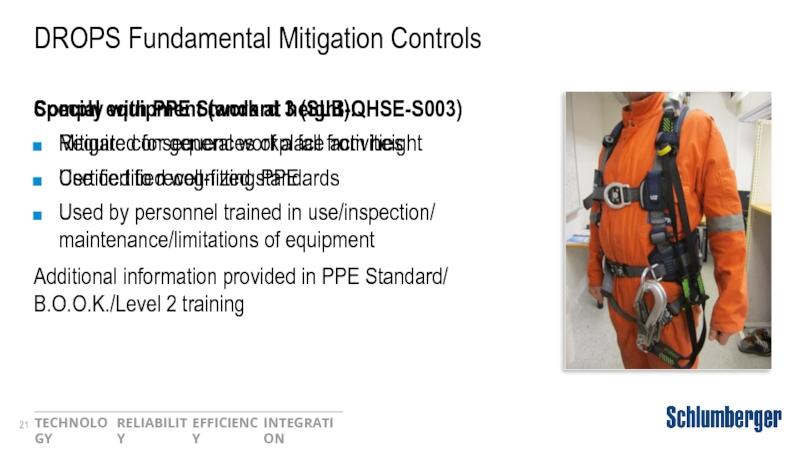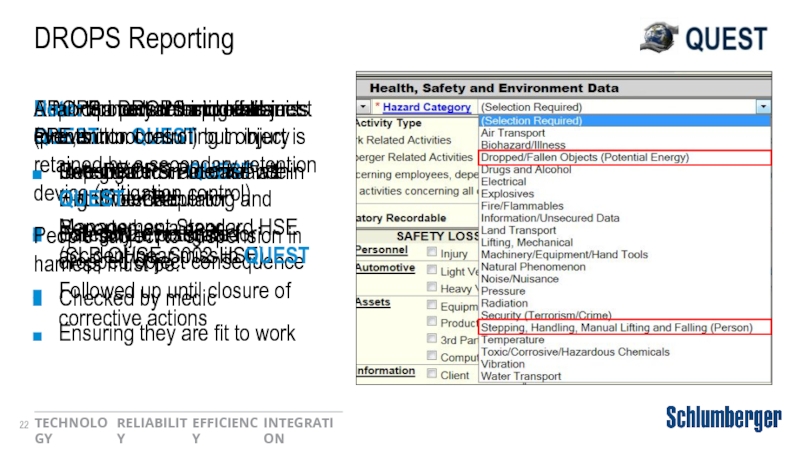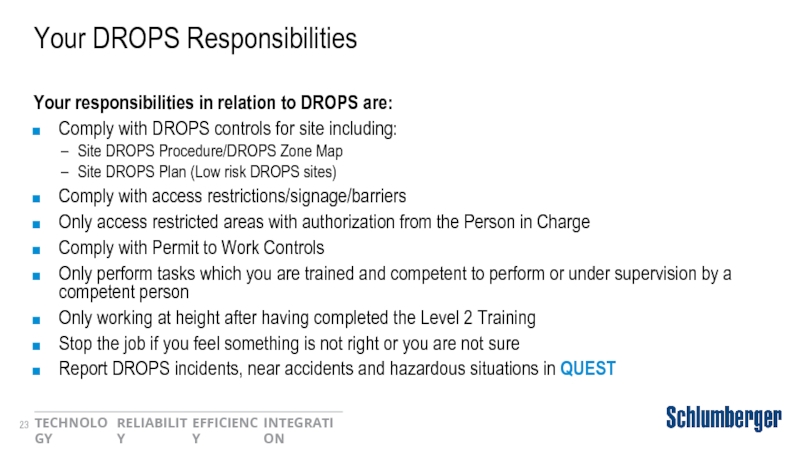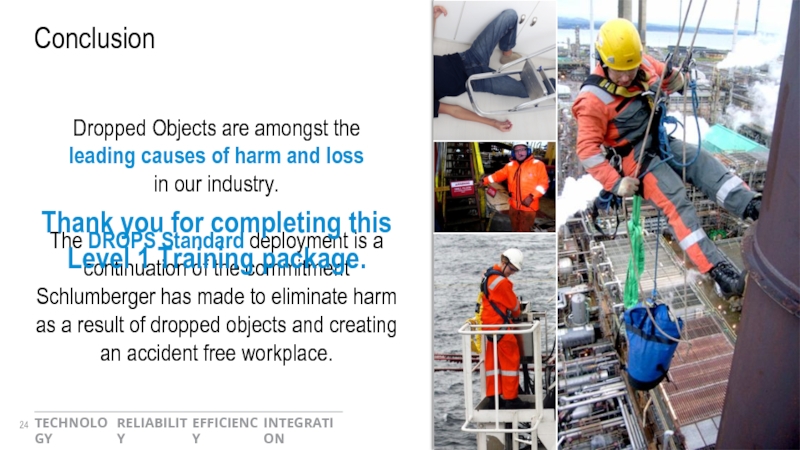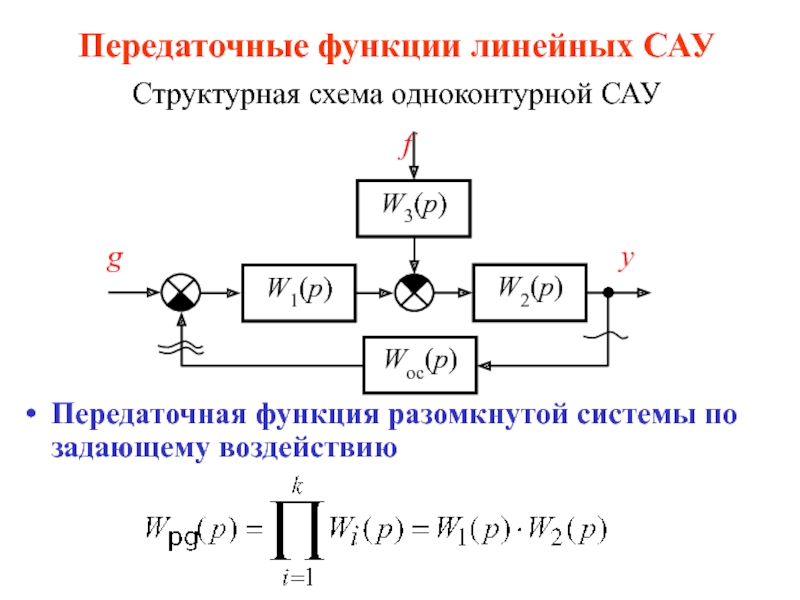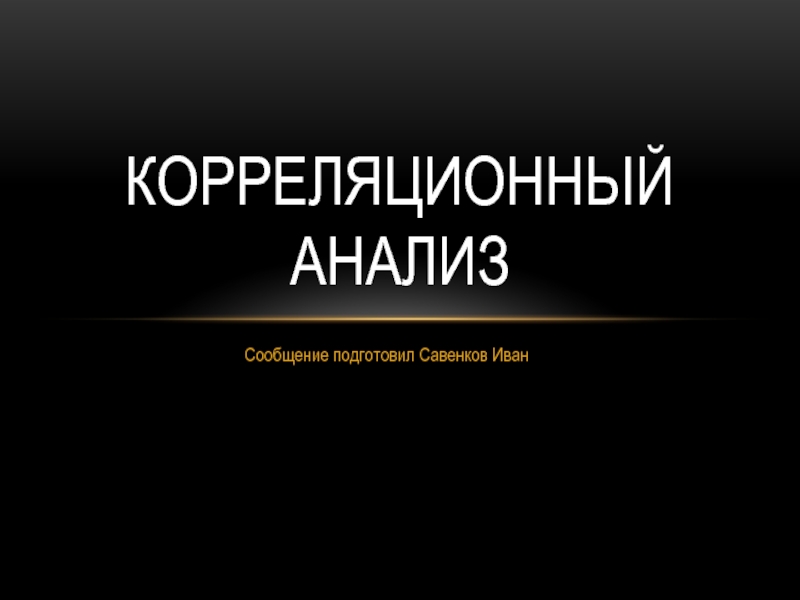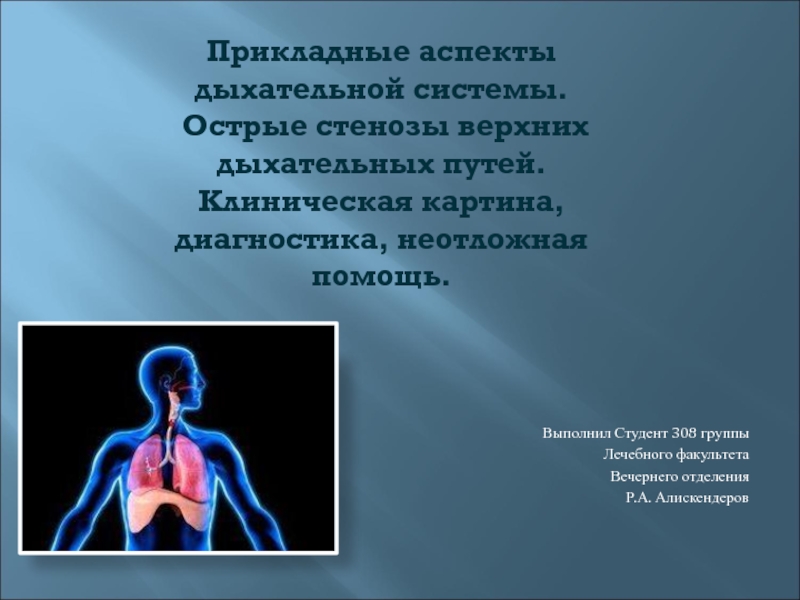Разделы презентаций
- Разное
- Английский язык
- Астрономия
- Алгебра
- Биология
- География
- Геометрия
- Детские презентации
- Информатика
- История
- Литература
- Математика
- Медицина
- Менеджмент
- Музыка
- МХК
- Немецкий язык
- ОБЖ
- Обществознание
- Окружающий мир
- Педагогика
- Русский язык
- Технология
- Физика
- Философия
- Химия
- Шаблоны, картинки для презентаций
- Экология
- Экономика
- Юриспруденция
DROPS Level 1
Содержание
- 1. DROPS Level 1
- 2. DROPSWhat do we mean by DROPS?Dropped ObjectsWork
- 3. DROPS – What is the problem?Industry Statistics:18%
- 4. Objective of DROPS Awareness TrainingTo raise awareness
- 5. What is a Dropped Object?Dropped object is
- 6. Examples of Dropped ObjectsTubulars An operator was
- 7. Dropped Object ClassificationsSTATIC Dropped Objects:Any object at
- 8. Dropped Object ClassificationsDYNAMIC Dropped Objects:Objects that break
- 9. What is Working at Height?Work at height
- 10. Examples of Work at HeightTasks performed on
- 11. Work at Height – Hierarchy of ControlsAvoid
- 12. Work at Height – The BasicsIf work
- 13. DROPS Standard (SLB-QHSE-S023)Fundamental ControlsDefined at corporate levelApply
- 14. DROPS IncidentPreventive controls:Barriers designed to break an
- 15. DROPS Fundamental Prevention ControlsFacilities/equipment designed to:Prevent dropped
- 16. DROPS Fundamental Prevention ControlsSecuring tools and materials
- 17. DROPS Fundamental Prevention ControlsConducting DROPS Inspections:Prior to
- 18. DROPS Fundamental Prevention ControlsContracted work at height:On
- 19. DROPS Fundamental Prevention ControlsLevel 1 training provides
- 20. DROPS Fundamental Mitigation ControlsSignage/barriers/warnings for restricted areas:To
- 21. DROPS Fundamental Mitigation ControlsComply with PPE Standard
- 22. DROPS ReportingReported DROPS incidents in QUEST:Investigated in
- 23. Your DROPS ResponsibilitiesYour responsibilities in relation to
- 24. ConclusionDropped Objects are amongst the leading
- 25. Скачать презентанцию
Слайды и текст этой презентации
Слайд 2DROPS
What do we mean by DROPS?
Dropped Objects
Work at Height
How does
Schlumberger manage DROPS?
Слайд 3DROPS – What is the problem?
Industry Statistics:
18% of fatalities are
related to DROPS
Falls from height
Being struck by suspended loads/dropped objects
DROPS
Other
IOGP Fatality data 1991 to 2013 inclusive, includes 1629 fatal incidents.
Accidents involving dropped objects are in the top 3 of all reported incidents
18% of Fatal Incidents
Слайд 4Objective of DROPS Awareness Training
To raise awareness of DROPS hazards
by:
Defining what is a potential dropped object
Defining what is work
at height Explaining hazards of dropped objects/work at height
Describing how Schlumberger manages DROPS
Explaining use of prevention/mitigation controls
Understanding your responsibilities
Слайд 5What is a Dropped Object?
Dropped object is any object that
falls which can cause harm or damage.
Examples:
Wrench falling from a
workbench Book falling from a shelf
DROPS Standard focuses on objects that can cause harm or damage
Smaller items:
Tools falling from height
Heavy pieces of equipment:
Cargo
Tubulars like casing and drillpipe
Sections of a structure
Слайд 6Examples of Dropped Objects
Tubulars
An operator was loading tubulars onto the
third level racking. 4 tubes rolled off the forks and
fell onto the ground.Tools Various hand tools weighing approximately 4 kilograms fell from a winch and landed on the drill floor 20 meters below.
Vehicle Loads A separator was only secured to the truck with one chain at the front of the load. When the driver made a sharp turn, the separator fell off the back of the truck.
Mobile Crane
Mobile cranes are very prone to being unstable and can often become a dropped object themselves. In this case the locking pin was not engaged on one of the four outriggers, and the outrigger gave way under the weight of the load causing the 20 tonne crane to fall over, and become a dropped object.
Wellsite Equipment
An injector head control box fell but was held upside down by cables. The cover door came off its hinges and fell to the deck.
Cargo Carrying Units
This container had been returned to the base, and as the door was opened it fell off. The investigation revealed that door’s hinges were not in good condition and that the container had been struck during transportation. As the mobile crane and container door examples show, dropped objects don’t always have to be at height.
THESE EXAMPLES SHOW A VARIETY OF DROPPED OBJECTS WHICH APPLY TO SCHLUMBERGER OPERATIONS.
Слайд 7Dropped Object Classifications
STATIC Dropped Objects:
Any object at rest that falls
under its own weight
Examples:
Equipment falling due to rusted fastenings
Shelving collapsing
due to overloadingLoose objects left on elevated walkways
Person dropping a hammer when working at height
Слайд 8Dropped Object Classifications
DYNAMIC Dropped Objects:
Objects that break free from fastenings
due to applied force
Impact from other equipment/moving object
Combination of
dynamic forces Movement
Vibration
Environmental factors (wind)
Examples include:
Crane striking a floodlight and the floodlight falling
Nut working loose from a bolt due to vibration
Objects being blown over in the wind
Слайд 9What is Working at Height?
Work at height IS:
Work above ground/floor
level
Where you could fall from an edge, through an opening
or fragile surfaceWhere you could fall from ground level into an opening in a floor or a hole in the ground
Work at height is NOT:
A slip or a trip on the level
Walking up and down a staircase in a building or permanent workplace
Note: That objects which fall when people are using permanent staircases or fall from staircases in a building are still dropped objects.
Слайд 10Examples of Work at Height
Tasks performed on the load area
of a truck An activity often not considered to involve working
at height, which has a significant risk of falls, are activities involving vehicles. The majority of falls from vehicles involve falls from under 1.8 meters (6 feet), with people mainly falling from a flatbed load area or when entering or leaving the vehicle cab.Tasks requiring working on top of shipping containers Avoid having to access the top of shipping containers, and when this cannot be avoided use fall protection systems.
Tasks using ladders/step/ladders/podiums/trestles/gantries Require the equipment to be fit for purpose, inspected before use and only used by personnel trained and competent for the tasks.
Tasks using scaffolding or scaffolding towers
Only scaffolding which is certified shall be used.
Tasks using Mobile Elevated Work Platforms
Forklift baskets can also be used as mobile elevated work
platforms but only when they are designed and certified to lift people. Operators and the people to be lifted must be trained
and competent to perform their tasks as any mechanical lifting
of people is a high-risk activity.
Tasks working on roofs, whether flat or pitched
Where there is no permanent edge protection, fall prevention or arrest systems must be used. The particular hazards with roof surfaces are that they often have fragile surfaces, for example sky lights.
Tasks working beside ground excavations,
man-holes, pits
This is another work at height hazard which is not well recognized as work at height. There is a potential of a fall through an opening, and work at height controls are required.
May involve tasks working on plant or machinery
An analysis of the falls from height reported in QUEST which involved a serious, major or catastrophic injury show that over 30 % are as a result of falls from workplace equipment such as pumps, equipment skids, mixing platforms or pipework.
Слайд 11Work at Height – Hierarchy of Controls
Avoid work at height
if you can. If you don't need to go up
there, DON’T! Work from the ground level if you can.If work at height cannot be avoided, PREVENT falls by selecting and using the right access equipment, work equipment or other measures to prevent falls when you cannot avoid working at height.
Where you cannot eliminate the risk of a fall, MITIGATE the impact of a fall. Use work equipment or other means to minimize the distance and consequences of a fall, should one occur.
14
THERE ARE 3 SIMPLE RULES FOR WORK AT HEIGHT WHICH
SHOULD BE CONSIDERED IN ORDER.
Слайд 12Work at Height – The Basics
If work at height cannot
be eliminated, it's important to assess the risks and select
the right equipment for the job.Anyone required to work at height as part of their job shall complete the Level 2 Training and any additional country or segment specific training required.
If you are still being trained you should be supervised by a competent person.
Any work at height should be:
Properly planned
Appropriately supervised
Cancelled in dangerous weather conditions
If you are going to work at height you should be competent to:
Complete the task safely
Use/erect/dismantle the selected access equipment
Слайд 13DROPS Standard (SLB-QHSE-S023)
Fundamental Controls
Defined at corporate level
Apply to all employees,
contractors and worksites
Risk Based Controls
Corporate/Segment defined according to risk level
Site
ControlsApplicable controls are documented in a Site Specific Procedure
Design
Sourcing & Procurement
Manufacturing & Construction
Installation & Commissioning
Operations
Repair & Maintenance
Transport
Decommissioning & Disposal
ALL EMPLOYEES
ALL CONTRACTORS
ALL WORKSITES
17
Слайд 14DROPS Incident
Preventive controls:
Barriers designed to break an undesirable chain of
events
Prevent a hazard from happening
Mitigation controls:
Reduce the severity of
consequencesDROPS Prevention and Mitigation Controls
DESIGN PROPER PRIMARY FIXINGS FOR EQUIPMENT AT HEIGHT
INSPECTING FIXINGS/TOOLS TO ASSURE SECURITY
PLACING BARRIERS TO PREVENT PEOPLE BEING IN AREA
DO NOT STOP OBJECTS FROM FALLING, STOPS INJURIES
Слайд 15DROPS Fundamental Prevention Controls
Facilities/equipment designed to:
Prevent dropped objects
Prevent the need
to work at height (outside enclosed areas)
Mitigate the harm that
may be caused by dropped objects or fallsPreventing dropped objects
Fixtures and fittings:
Designed to secure equipment at height
Secondary retention devices:
To prevent potential dropped objects from falling (safety chains or netting)
Workplace when working at height:
Designed to provide permanent controls:
Walkways with permanent edge protection guard rails
Toe-boards
Equipment Access Design Guidelines:
Specifications for work platforms
at height; ladders/stairs/walkways
Suitable work equipment such as:
Certified Mobile Elevated Work Platforms, scaffolds, etc.
Personal protective work equipment to prevent falls
Travel restraint systems prevent
people reaching a place from
which they could fall
Слайд 16DROPS Fundamental Prevention Controls
Securing tools and materials when working at
heights over 1.8m (6ft)
Fall protection systems used when working outside
enclosed areas over 1.8m (6ft)Enclosed areas designed to prevent people from falling
Work area is protected by secure guardrails, safety gates and toe boards
Personnel working at height needs to be medically assessed as fit to work at height
Accordance with requirements of Schlumberger Health Standard
Must complete the Level 2 Training and any additional training required
HEIGHTS OVER 1.8m (6 ft.)
Слайд 17DROPS Fundamental Prevention Controls
Conducting DROPS Inspections:
Prior to transportation
After work at
height
To reduce the risk of dropped objects
Loads both on vehicles/cargo
carrying units/containers need to be properly securedInspect cargo carrying unit to ensure it is fit for purpose
A large number of dropped objects result from objects falling from vehicles during transport.
Range from debris to the load itself
Слайд 18DROPS Fundamental Prevention Controls
Contracted work at height:
On Schlumberger site
On behalf
of Schlumberger (client/third party)
Responsibilities for ensuring requirements of the DROPS
Standard are implementedCheck competence of contractors and review risk assessment
Provide contractors with a company/site orientation and give the HSE information they need
Discuss tasks with contractors before starting work
Check all parties have provided all equipment/documentation that has been agreed
Ensure responsibilities are clear between all parties
Check contractor performance, manage changes from planned work and stop job if required
CHECK WORKPLACE ON COMPLETION
OF WORK AT HEIGHT.
NO LOOSE OBJECTS HAVE BEEN LEFT BEHIND.
Слайд 19DROPS Fundamental Prevention Controls
Level 1 training provides basic information on
DROPS.
If working at height/operational exposure to dropped objects:
Required to complete
additional risk-based training Level 2 Training
Externally certified courses required in your Area/Segment
STOP the job process:
When you see a situation which is not adequately controlled and personnel in danger
Obligated to stop the job
Fully supported by line management
Conducting Observation/Interventions:
Look for work at height and dropped object hazards
Discuss these issues with the personnel involved
Be receptive to discussions as you may not have recognized the hazards
Report in QUEST
Слайд 20DROPS Fundamental Mitigation Controls
Signage/barriers/warnings for restricted areas:
To inform personnel
To ensure
people are not “in the line of fire”
Are important mitigation
measure Personnel must:
Comply with restrictions
Do not cross physical barriers
Stay in “safe areas” when not actively involved in a task and authorized to be in
a high risk area
Слайд 21DROPS Fundamental Mitigation Controls
Comply with PPE Standard 3 (SLB-QHSE-S003)
Required for
general workplace activities
Use certified well-fitting PPE
Special equipment (work
at height):Mitigate consequences of a fall from height
Certified to recognized standards
Used by personnel trained in use/inspection/ maintenance/limitations of equipment
Additional information provided in PPE Standard/ B.O.O.K./Level 2 training
Слайд 22DROPS Reporting
Reported DROPS incidents in QUEST:
Investigated in accordance with Event
Reporting and Management Standard HSE (SLB-QHSE-S002-HSE)
Followed up until closure
of corrective actionsDROPS incidents and near-miss events:
Categorized in QUEST as High Potential
Formally investigated
Report potential dropped object events into QUEST
Use ‘DROPS Potential Outcome Calculator’
Categorize potential for dropped object consequence
Note: Primary retention fails (prevention control) but object is retained by a secondary retention device (mitigation control)
Reported as a near accident/near miss in QUEST
A fall of a person using fall arrest PPE, but not resulting in injury
Reported first aid case within QUEST
People subject to suspension in harness must be:
Checked by medic
Ensuring they are fit to work
Слайд 23Your DROPS Responsibilities
Your responsibilities in relation to DROPS are:
Comply with
DROPS controls for site including:
Site DROPS Procedure/DROPS Zone Map
Site DROPS
Plan (Low risk DROPS sites)Comply with access restrictions/signage/barriers
Only access restricted areas with authorization from the Person in Charge
Comply with Permit to Work Controls
Only perform tasks which you are trained and competent to perform or under supervision by a competent person
Only working at height after having completed the Level 2 Training
Stop the job if you feel something is not right or you are not sure
Report DROPS incidents, near accidents and hazardous situations in QUEST
Слайд 24Conclusion
Dropped Objects are amongst the
leading causes of harm and
loss
in our industry.
The DROPS Standard deployment is a
continuation of the commitment Schlumberger has made to eliminate harm as a result of dropped objects and creating an accident free workplace. Thank you for completing this Level 1 Training package.
